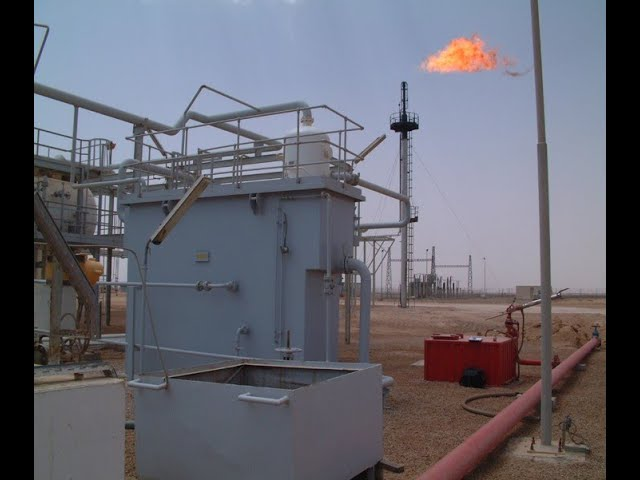carbon black industry

DAF water treatment plants aim to eliminate SS (suspended solids), BOD (biochemical oxygen demand), oils, and greases from a wastewater stream. Impurities are eradicated through the usage of dissolved air in a water solution manufactured by inserting air under pressure into a recycle stream of clarified DAF effluent. DAF delivers the desirable energy for adequate flotation in the form of exceptionally fine air bubbles which come to be attached to the suspended solids to be eliminated. The magnetism between the air bubbles and suspended particles is the outcome of adsorption forces that are functional characteristics of the broken particle surface or physical entangling in the particle. This attachment of bubbles to the suspended particles decreases the density of the suspended particle causing in amplified buoyancy, thus achieving adequate flotation. Chemical conditioning is every so often utilized to escalate the effectiveness of the dissolved air flotation procedure. Contaminan...






